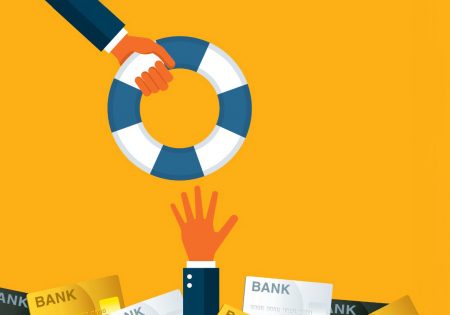The Case for Automated Emergency Savings Accounts
They are seen as a hedge against retirement plan participants taking loans or hardship withdrawals.
At any given time, 20% of retirement plan participants have an outstanding loan from their workplace retirement plan, according to the National Bureau of Economic Research.
“Loan overutilization is one of the biggest problems plaguing retirement plans,” says Michael Webb, vice president of Cammack Retirement Group in New York City. “Many people are living paycheck to paycheck and have no emergency savings. Plan sponsors are concerned about this and don’t really know how to deal with the problem. Their starting point is to restrict the number of loans their workers can take out, but that is a ‘stick’ approach. People still have the need to create an emergency savings account so that they don’t take out the loans.”
Indeed, a recent survey by PNC Financial Services Group found that 38% of people in the so-called “sandwich generation” do not have an emergency savings fund, and among those who do, 31% have an emergency savings fund that would last less than six months.
This is why Webb is calling for retirement plan sponsors to create automated emergency savings accounts, either by buying a service from a retail provider or asking their recordkeeper to create sidecar accounts.
“Technology that automates after-tax savings has come a long way,” Webb writes in a recent blog, “Automated Emergency Savings Funds: Why Plan Sponsors Should Consider Offering Them.” “From rounding up all purchases and saving the difference, saving when a raise is received or monitoring spending patterns and automatically saving more when there is more money in an individual’s checking account(s)—there are far more options to save than simply deducting dollars form an account each month.”
Webb says he is beginning to discuss automated emergency savings accounts with his clients and that “large plan sponsors are already taking this seriously.” However, he says the number actually offering them is akin to those offering student loan repayment programs—in the single digits.
The benefits are real, Webb says. “Individuals with emergency funds are far more likely to use those funds in an emergency, instead of borrowing or withdrawing from their retirement plan,” he says. Further, “individuals with emergency funds are in a better financial position to save into the retirement plan, and the automation for retirement plan savings and after-tax savings [into an emergency fund] is similar. Thus, participants who are acclimated to one process are more likely to participate in both.”
Besides depleting individual’s much-needed retirement savings, defined contribution (DC) plan loans are detrimental to a plan’s overall health because they lower the assets in the plan, and, thus, a plan’s leverage to bargain for lower fees, Webb says. Loans are also very complicated for recordkeepers to oversee, he adds.
As to whether participants should be saving into an emergency savings fund while participating in their retirement plan, Nancy Hite, president and CEO of The Strategic Wealth Advisor, based in Boca Raton,Florida, strongly believes that creating an emergency savings fund that would cover six month’s worth of spending should be people’s first priority.
You Might Also Like:

Workers Call for Savings Assistance in New Report

The Potential Impact of 401(k) Loan Default Protection
« SEC Seeks to Bring Adviser Advertising Rules into the Digital Age